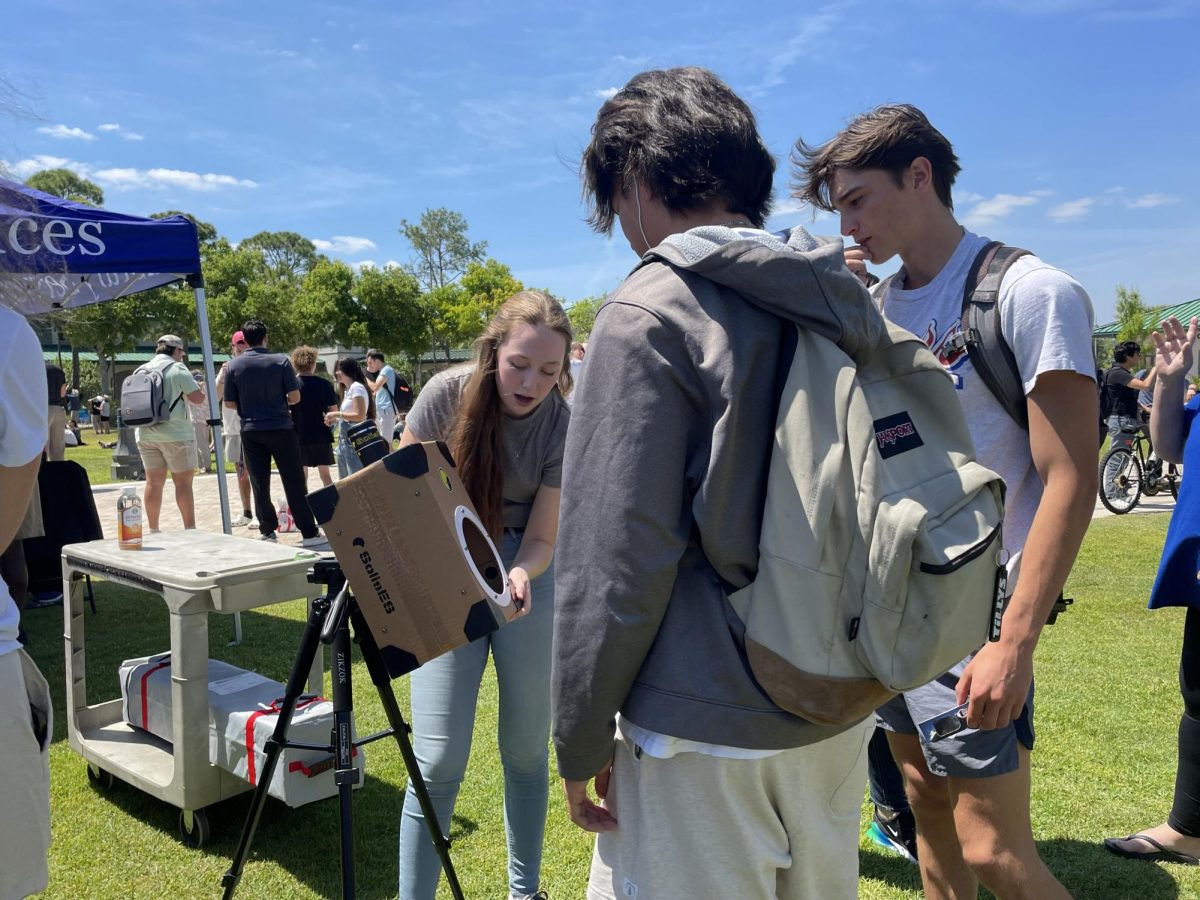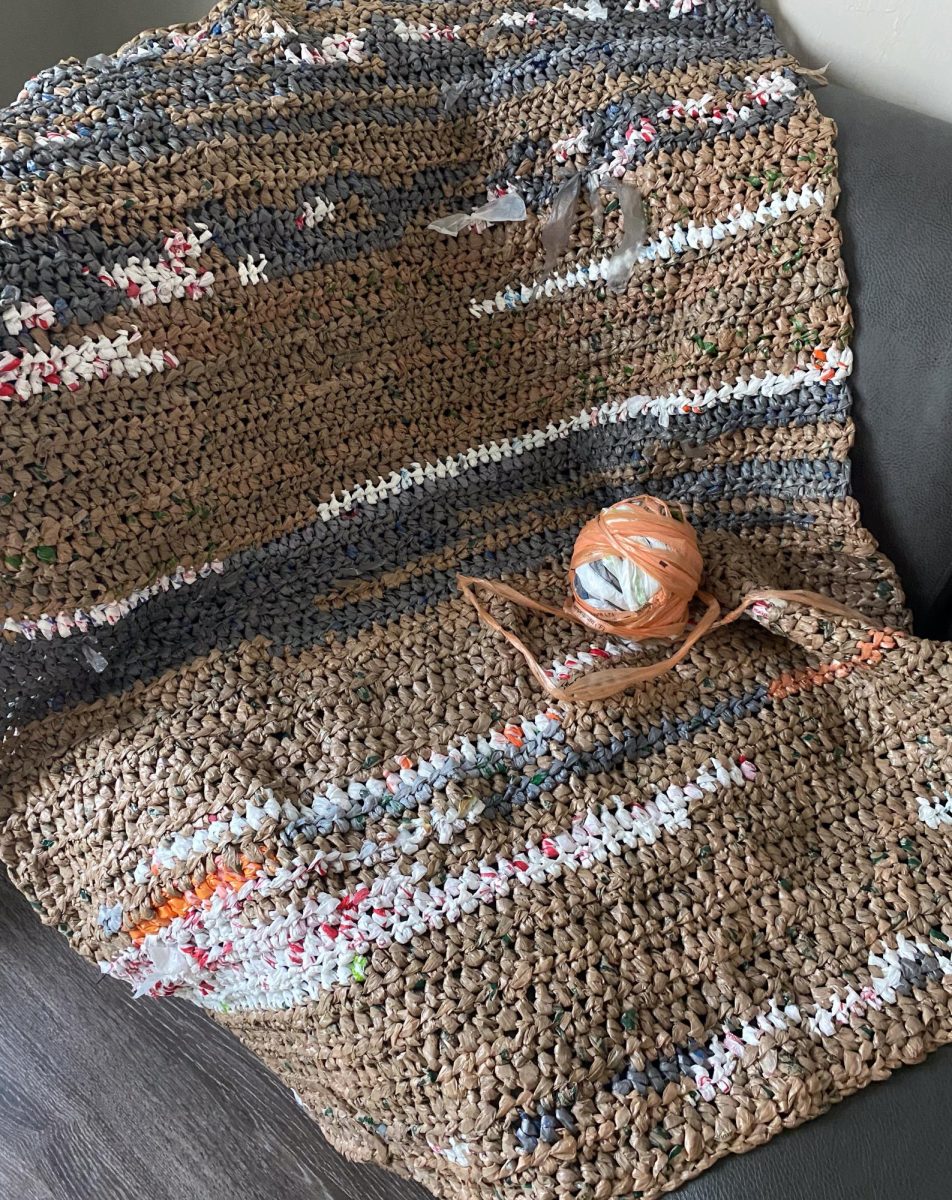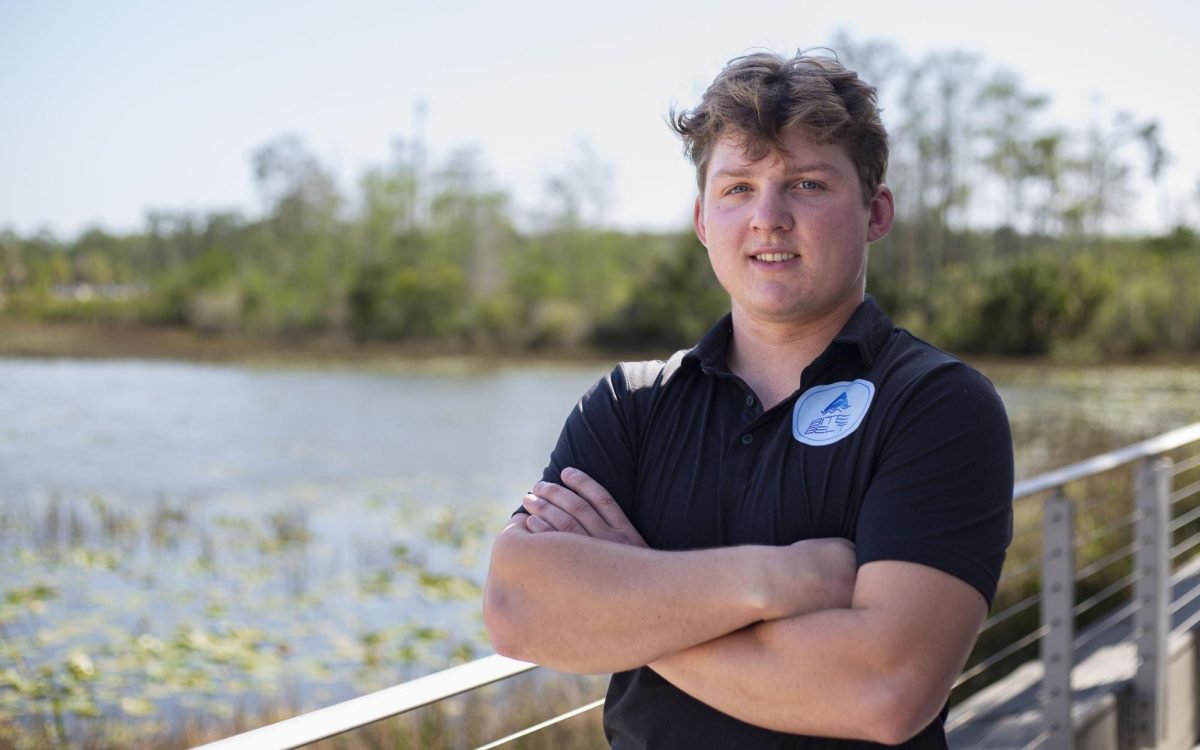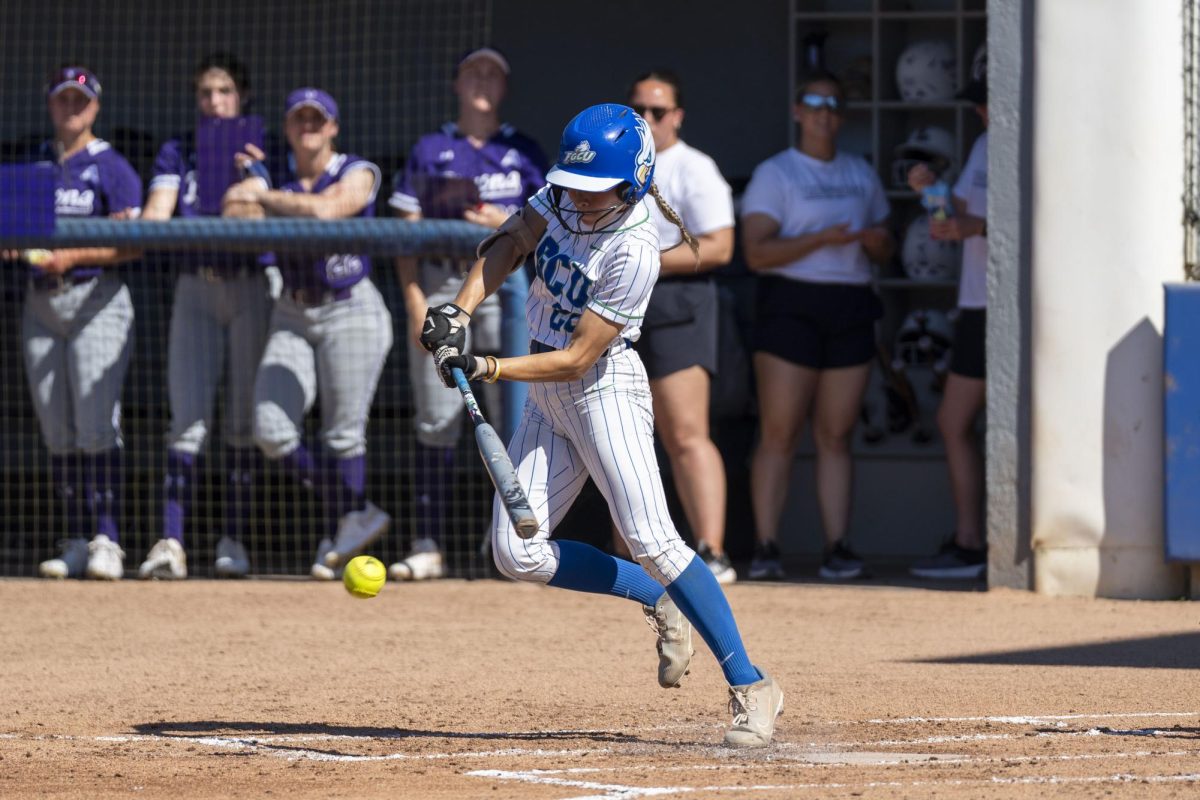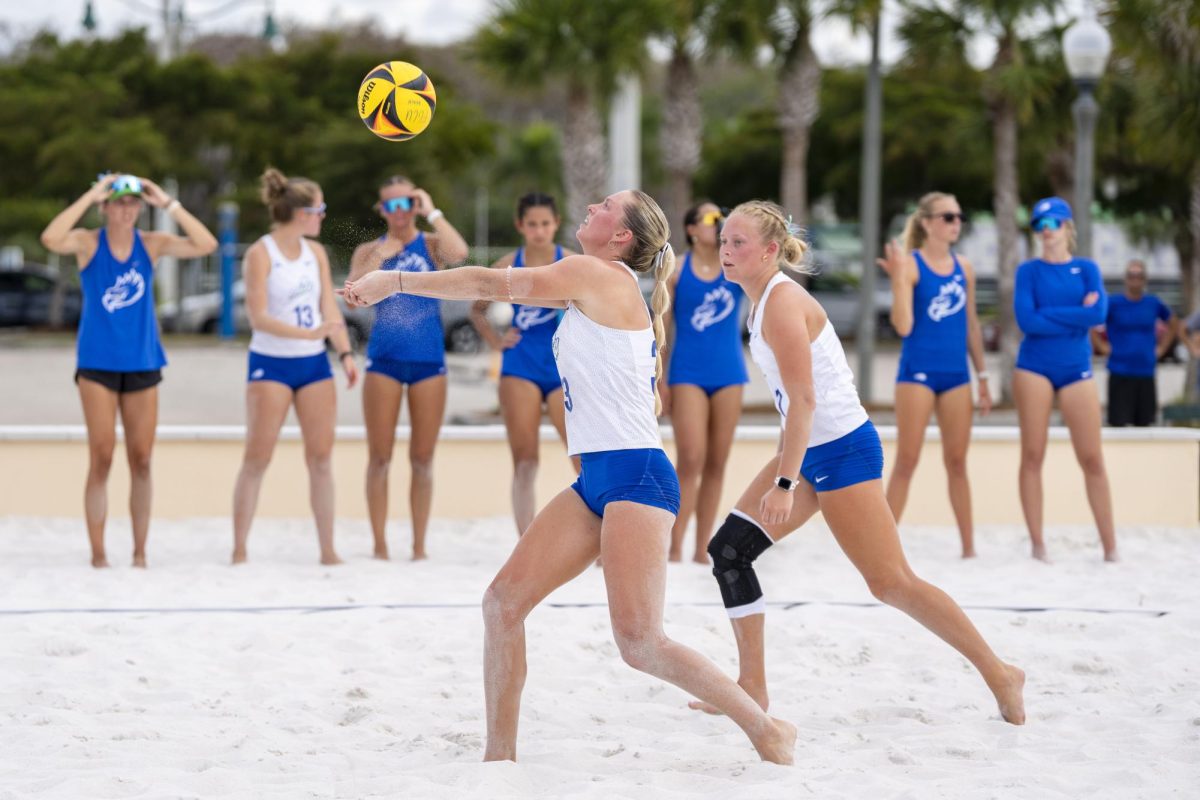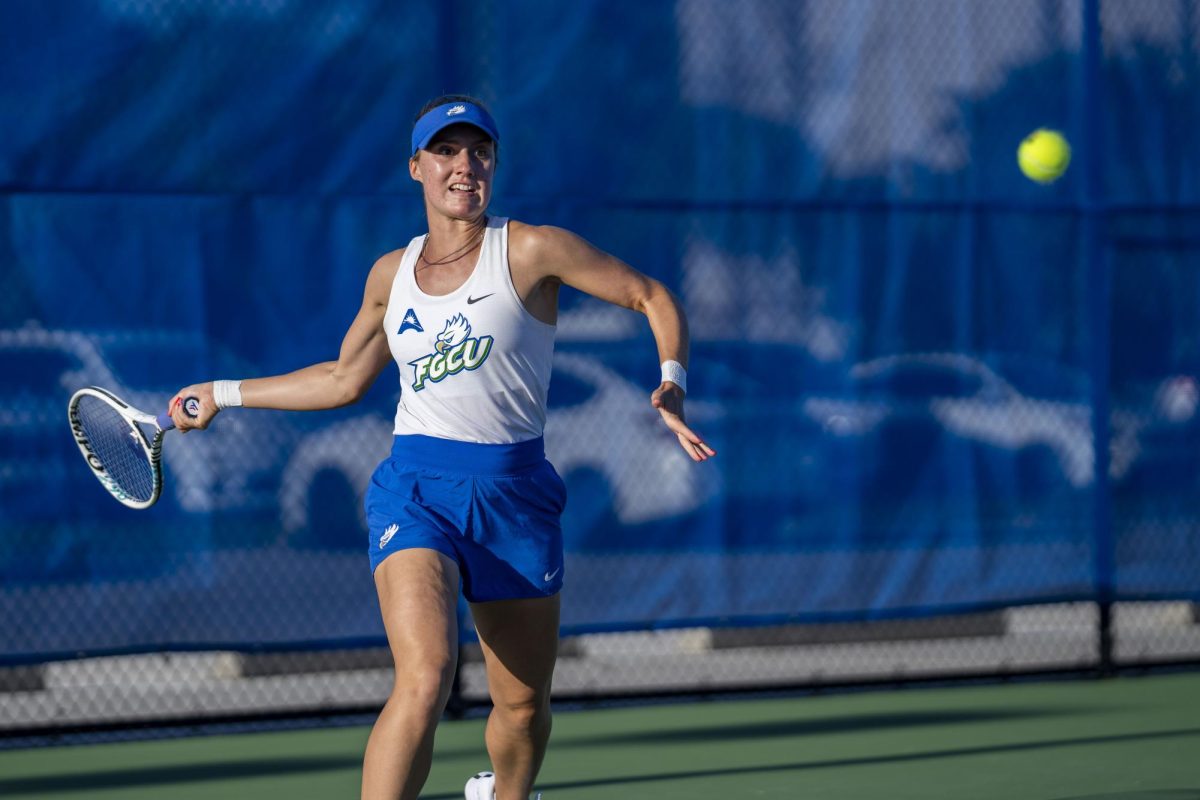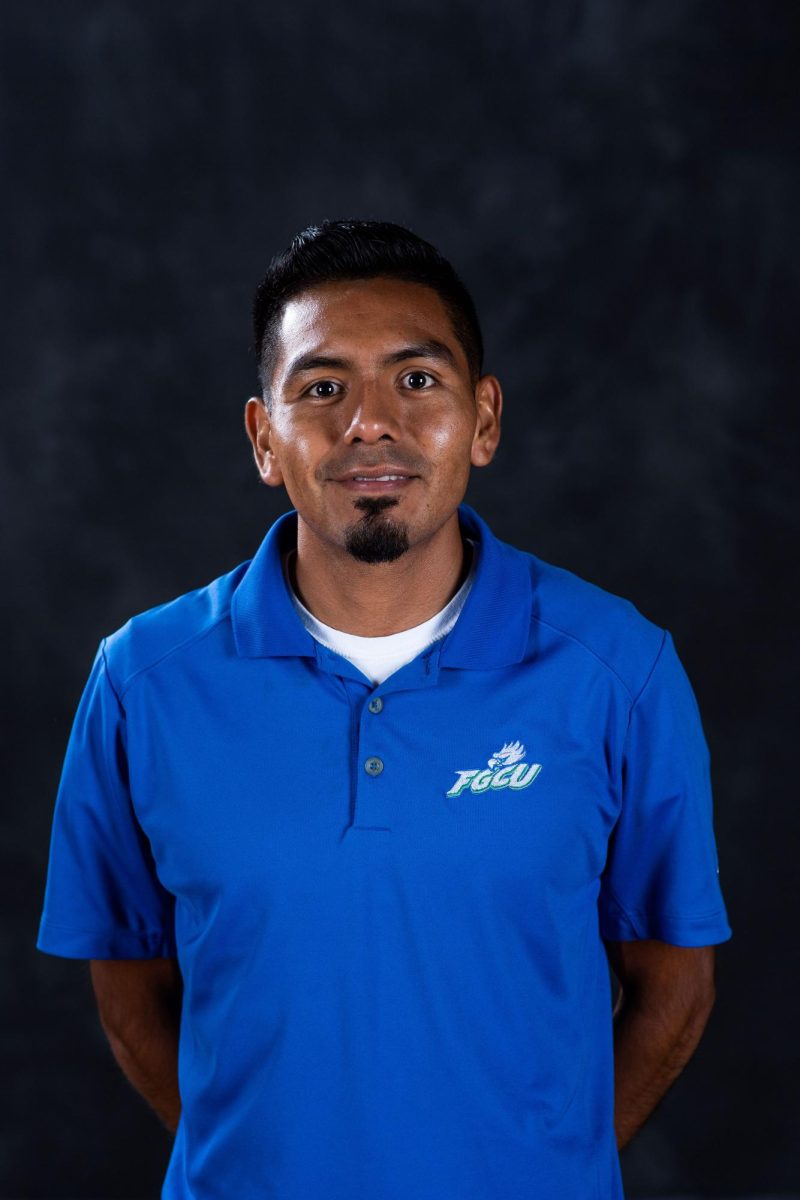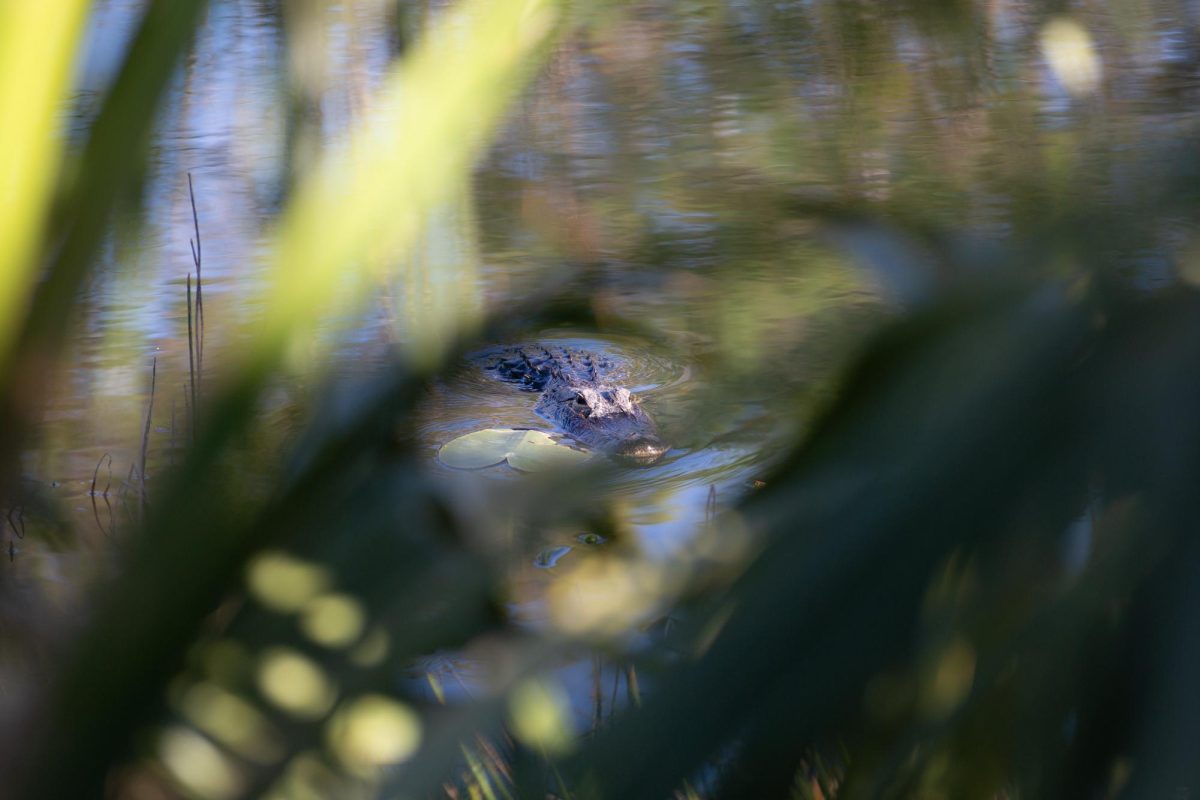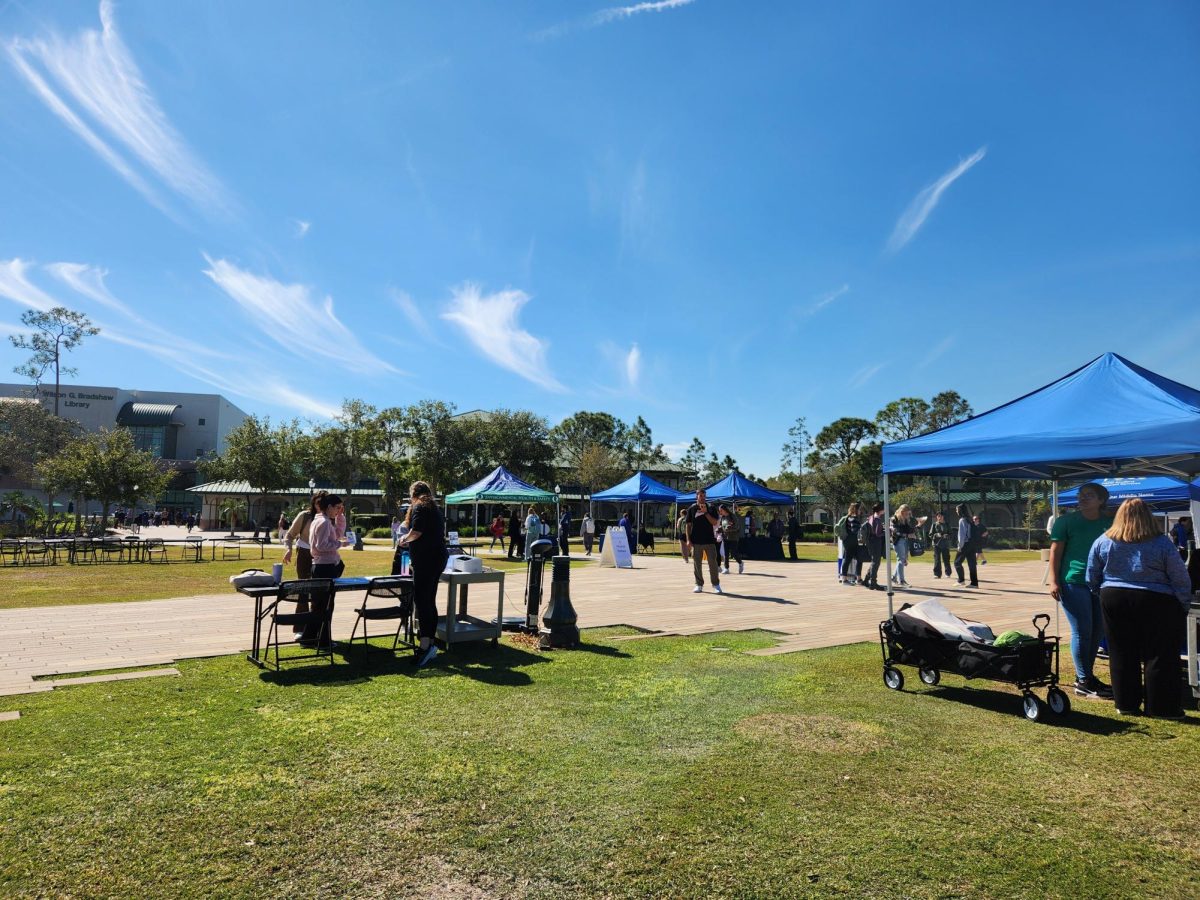FGCU’s third annual Moonlight on the Marsh Distinguished Lecture Series begins Jan. 15. Local, regional and global topics for this year’s lectures include ocean pollution and why it occurs, coastal ecosystem services of mangrove wetlands, new approaches to managing an agricultural landscape to protect downstream bodies of water, a new theory of how river hydrology and ecology are interlinked and the conflict over water management in the Middle East.
“Our 2015 distinguished lecture series may be our best and most diverse yet for the three years we have had this series in Naples,” Mitsch said via email. “Every one of the speakers is an accomplished scientist or engineer who deals with topics that are vital for anybody living in Southwest Florida.”
Lecture attendees can meet the first of the five speakers at 7 p.m. Thursday, Jan. 15. Gail Chmura, Ph.D., is an associate professor in the geography department at McGill University in Montreal.
“I am flattered to be invited to speak to the general public and be entrusted to pass on important science and conservation messages,” Chmura said via email. “Also, I am looking
In her lecture, Chmura will explain how mangroves and salt marshes link to and are threatened by rising sea levels, why they are such efficient carbon sinks, how someone can gain credits on the carbon market for their protection and restoration efforts, and why people should care about them anyway.
“Hopefully they will take away more than one message,” she said. “A major message is that mangroves and salt marshes are important sinks for atmospheric carbon dioxide—and there is a market that will pay for the carbon stored.”
Students can do more than listen to Chmura and other speakers at the Harvey Kapnick Center. Undergraduate and graduate students can join a one-credit-hour course called Wetland, River and Coastial Science and meet the speakers in a classroom setting on campus the day before each lecture.
“It is an opportunity of a lifetime for FGCU students interested in the environment and coming in contact with potential role models from national and international platforms,” Mitsch said.
Five topics. Five experiences. After Jan. 15 the next seminars will be Jan. 29, Feb. 12 and 26, and March 12. If you miss a lecture, it might be possible to catch up later through PowerPoint summaries that will be available a month or two after the lecture, if permission for the summaries is given. The summaries will be available here: http://bit. ly/1IEqTx2.
“The focus of the series is on the personal interaction with these major figures,” Mitsch said. “The idea is to BE there.”
Interested to learn more about Gail Chmura’s lecture topic? Here is the scoop:
Q. Briefly describe how sea level rise will affect carbon accumulation in salt marsh and mangrove wetlands?
A. “Sea level rise allows these wetlands to continuously accumulate soil derived from the roots of the plants and sediment, if it is available in the tidal waters. The roots are roughly 40 percent carbon. Thus, sea level rise is responsible for the carbon-rich deposits that can be 10 feet deep in marshes on the coast of Maine and nearly 30 feet deep in mangroves on the coast of Belize. Sea level rise, if it occurs too quickly, can also destroy these ecosystems, thus ceasing the carbon accumulation. We are not certain of the fate of the submerged soils – if they could continue to hold the stored carbon or in the worst case scenario, carbon stored over millennia could be rapidly released back to the atmosphere as carbon dioxide, exacerbating the greenhouse effect.”
Q. Why should students in particular be aware of this?
A. “Students should be aware because, for the most part, they are inheriting this situation and hopefully will make decisions in their own lifestyles and in choosing leaders who will take appropriate action to deal with conservation of tidal wetlands and the threat of sea level rise. Some of them can consider future research that can contribute to solutions to the loss of natural carbon dioxide sinks and the best means to conserve tidal wetlands and the resources they provide. We also need research to document carbon storage in different locations and to understand the fate of the soil carbon when the ecosystem is lost.”

